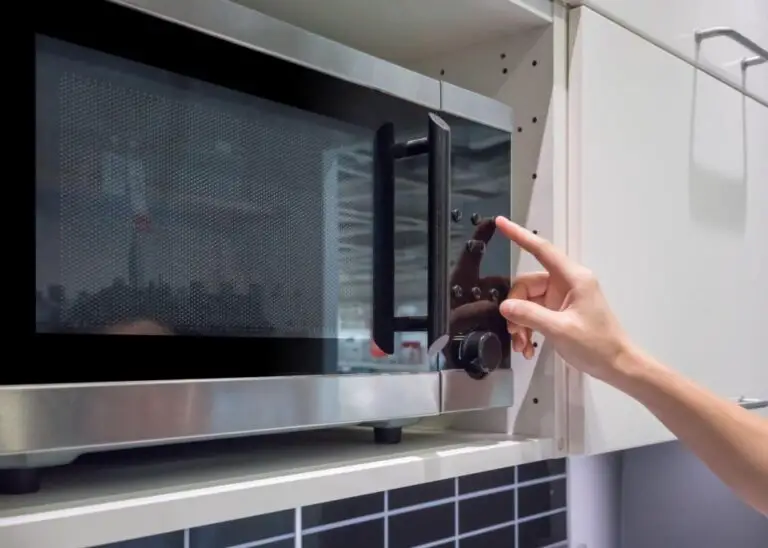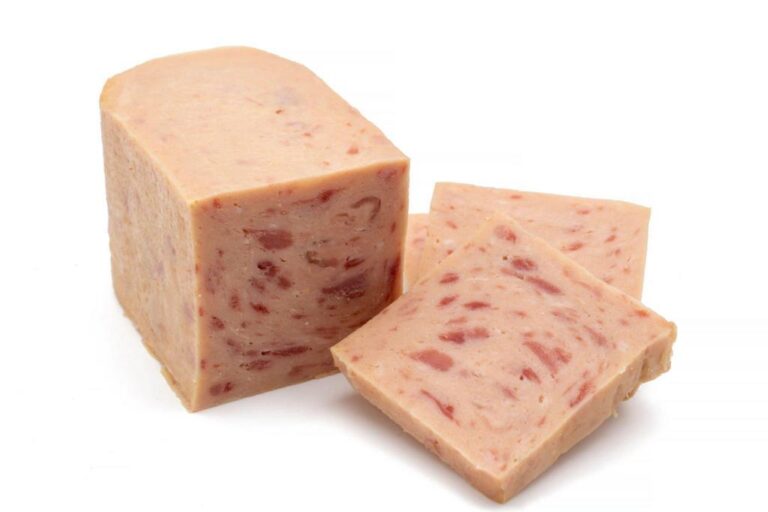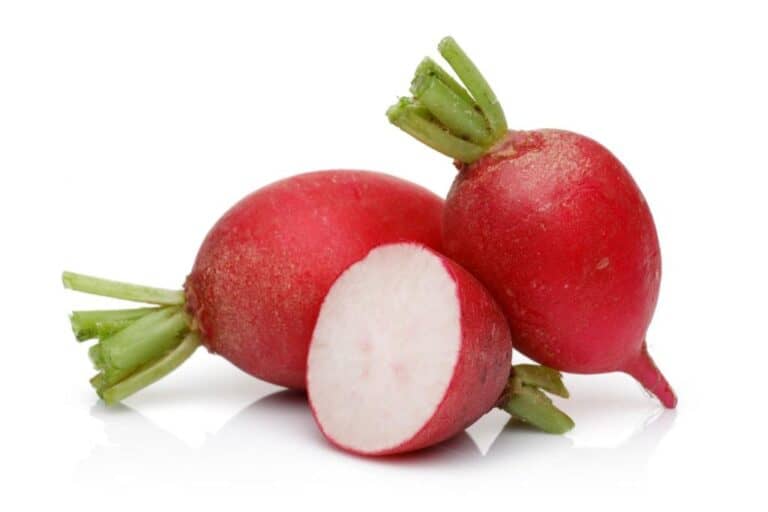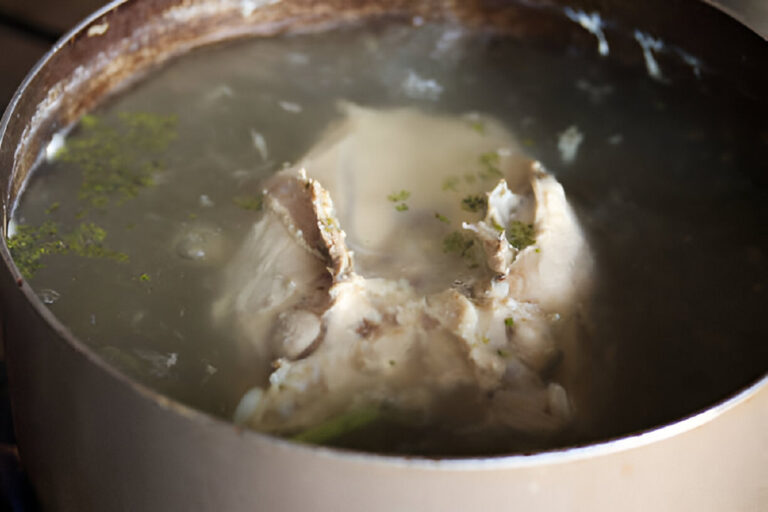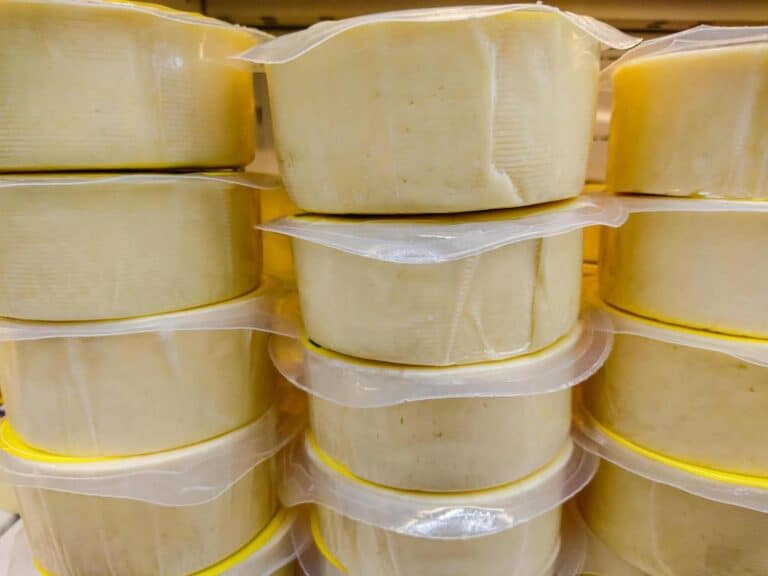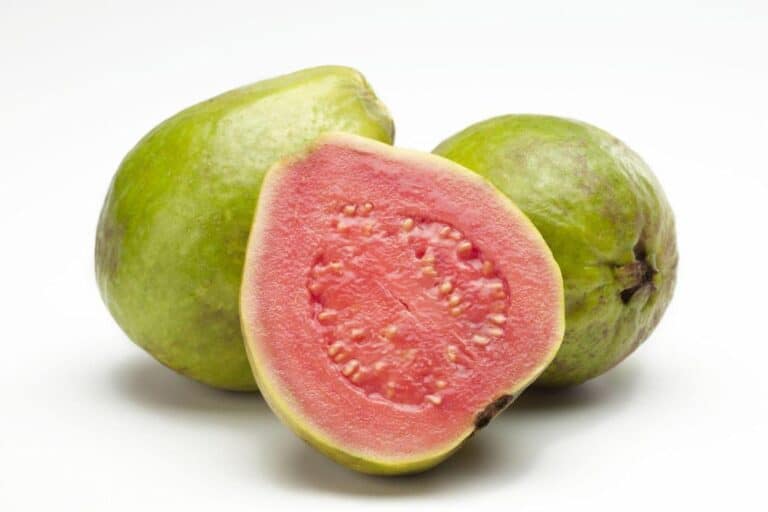Should I Remove Seeds from Zucchini before Cooking?
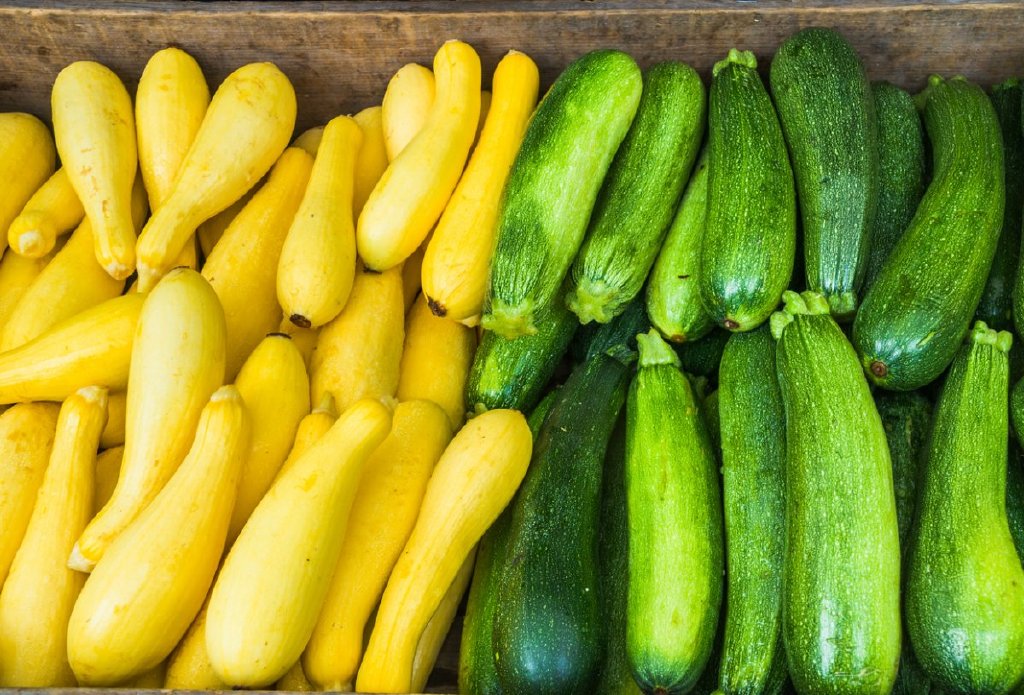
Zucchini, the humble and versatile vegetable, has made its way into our hearts and kitchens with its crisp texture and mild flavor. We spiralize zucchini for a healthy noodle alternative. We also bake it into a decadent bread. Zucchini always adds a touch of freshness to our meals.
However, amidst all the love affairs with this green wonder, there is an ongoing debate among home cooks and food enthusiasts. Should you remove the seeds from zucchini before cooking?
As avid culinary explorers delve deeper into this topic, opinions clash like boiling pots on a bustling stove. Some argue that removing the seeds enhances taste and texture. Others consider it unnecessary fuss in an already hectic kitchen routine. Is seed extraction just another petty fashion trend in modern gastronomy, or is there more to it than meets the eye?
In this article, we will unravel these arguments, thread by thread. We will provide fresh insights on whether or not you should embark on a quest to rid your zucchini of its tiny treasures before letting them grace your next culinary masterpiece.
Should I Remove Seeds from Zucchini before Cooking?
Whether or not to remove the seeds from zucchini before cooking is a matter of personal preference. Zucchini seeds can be eaten and are safely edible. However, if the zucchini has large seeds, it is best to remove them. This is especially important if you plan to put them in your bread. Large seeds would be harder to eat and would add a bitter taste to the batter.
In dishes like zucchini noodles, the seeds don’t hold up quite as well as the flesh, so it may be more trouble than it’s worth to remove them. In dishes like grilled or sautéed zucchini, it may be more a matter of personal preference to eat zucchini seeds and skin.
The seeds have much less structural integrity than the flesh, so they don’t hold up as well, but they can add texture and flavor to your dishes. Ultimately, it is up to the individual to decide whether or not to remove the seeds.
Nutritional Value of Zucchini Seeds
Many people automatically discard zucchini seeds. It might surprise you to learn that these tiny seeds offer a range of nutritional benefits. Zucchini seeds are packed with essential nutrients like vitamins, minerals, and healthy fats. They can be a valuable addition to your diet.
One key nutrient found in zucchini seeds is magnesium. Magnesium plays a crucial role in various bodily functions, such as energy production and muscle function. By including zucchini seeds in your meals, you can increase your magnesium intake and support your overall health.
In addition to magnesium, zucchini seeds are also rich in omega-3 fatty acids. These beneficial fats are known for their anti-inflammatory properties. They have been linked to numerous health benefits, such as heart health and brain function. Incorporating zucchini seeds into your cooking can be an easy way to boost your omega-3 intake without relying solely on fish or supplements.
Texture and Flavor Impact of Seeds
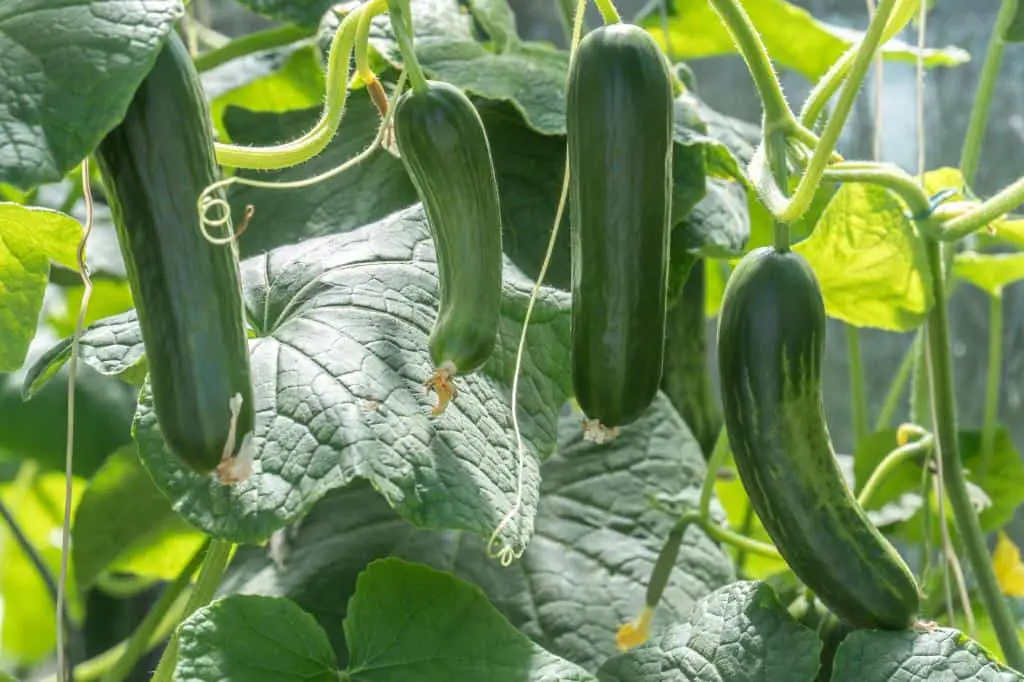
The seeds of zucchini frequently contribute to its texture and flavor. Some cooks argue that removing the seeds is essential for achieving a desirable texture. They claim that when left intact, the seeds can make the zucchini mushy or watery when cooked. By removing them, they believe that you can maintain a firmer and more appealing texture.
On the other hand, there are those who argue that keeping the seeds in adds an interesting crunch to dishes. They believe these little specks add to the mouthfeel and enhance the overall eating experience. Additionally, some even suggest that leaving in the seeds can intensify certain flavors within zucchini, making it taste richer and more pronounced.
Pros of Removing Zucchini Seeds
There are some good reasons to take out the seeds from zucchini before cooking it. One advantage is that it can improve the overall texture of your dish. Zucchini contains a significant amount of water, and by removing the seeds, you’re also reducing the water content in your recipes.
This can prevent any potential sogginess or excess moisture that might affect the final texture. So if you prefer a firmer and less watery outcome for your dishes, taking out those pesky seeds might be worth considering.
Another reason why seed removal could be advantageous is taste enhancement. Some people find zucchini seeds to be slightly bitter or even tasteless. This could affect the overall flavor profile of whatever you’re preparing with them. By discarding these potentially disagreeable elements, you’ll be left with zucchinis that have a purer and more enjoyable taste.
Lastly, removing zucchini seeds can make certain recipes much easier to execute. Take stuffed zucchinis as an example; hollow out the vegetable before filling them with delicious stuffing becomes effortless when there are no seeds obstructing our way!
Whether it’s for looks or practicality, skipping this step will save time. It will also make it easier to prepare recipes involving whole or partially hollowed-out zucchinis.
If you appreciate better texture control in your dishes and enjoy enhancing flavors, get ready for a seed-removal masterclass! It will also make certain recipes hassle-free.
Cons of Removing Zucchini Seeds
While removing the seeds from zucchini may seem like a common practice, it’s worth considering the potential drawbacks. One benefit of leaving the seeds intact is that they can actually add moisture to certain dishes. For example, moisture is crucial in stir-fries and breads. Keeping the seeds in can help maintain a moist and tender texture.
In addition to providing moisture, leaving the seeds intact can also offer an interesting textural element. Some people enjoy the slightly crunchy texture that intact zucchini seeds provide when cooked. It adds an extra layer of complexity to dishes and can enhance the overall eating experience.
Additionally, removing zucchini seeds can be labor-intensive and time-consuming. This is especially true when dealing with a large quantity of the vegetable. This extra effort may deter individuals who are looking for quick and convenient meal preparation methods.
However, for those with the time and patience, the removal of seeds can be a meticulous task that results in a smoother texture in the final dish.
So why not give it a try? Experiment with different cooking techniques and recipes. See if leaving those edible little gems inside your zucchinis enhances your culinary creations.
Methods for Removing Zucchini Seeds
When preparing zucchini for cooking, removing the seeds can be a simple yet effective step to enhance the texture and flavor of your dish. Here’s a step-by-step guide on how to remove zucchini seeds before cooking:
- Cut zucchini lengthwise: Begin by placing the zucchini on a cutting board and carefully slicing it in half lengthwise using a sharp knife. Ensure that both halves are relatively equal in size to facilitate easier seed removal.
- Scoop out the seeds: With the zucchini halves exposed, use a spoon or a melon baller to gently scoop out the seeds from each half. Start from one end and work your way towards the other, making sure to remove all visible seeds and any surrounding pulp. Take care not to remove too much flesh, as you’ll want to retain as much of the zucchini’s edible portion as possible.
- Optional: Save and use the removed seeds: You can save and use the removed seeds. If you’re eco-conscious or adventurous, consider saving the zucchini seeds for later use. You can plant them in your garden to grow your own zucchini plants or add them to your compost pile to enrich the soil. Alternatively, you can simply discard them if you prefer.
For those who prefer not to handle knives, a vegetable peeler can also be used to gently scrape away just the seedy portion of the zucchini. While more time-consuming than using a knife, this method ensures that minimal flesh is wasted during seed removal.
Cooking Methods That Require Removing Zucchini Seeds
When it comes to cooking zucchini, certain methods benefit from the removal of seeds to ensure optimal results. Here are three popular cooking methods that require removing zucchini seeds:
- Stuffed Zucchini Boats: To create delicious stuffed zucchini boats, remove the seeds to make space for the filling ingredients. By hollowing out the center of the zucchini, you can stuff it with a flavorful mixture of meats, grains, vegetables, and cheeses. This not only enhances the presentation of the dish but also allows the flavors to meld together as the zucchini bakes in the oven.
- Grilled Zucchini: When grilling zucchini, removing the seeds is crucial to prevent excessive moisture and ensure even cooking. Excess moisture can cause the zucchini to become soggy and limp on the grill, detracting from its natural flavor and texture. By removing the seeds, you can promote better caramelization and grill marks. This results in a more flavorful and visually appealing dish.
- Zucchini Noodles (Zoodles): For zucchini noodles, also known as zoodles, removing the seeds helps avoid excess water. It also helps maintain a firmer texture. Zucchini naturally contains a lot of water. Leaving the seeds can result in watery noodles without the desired consistency. By removing the seeds before spiralizing the zucchini, you can achieve firm, al dente noodles. They’re perfect for pairing with your favorite sauces and toppings.
Guidance for Different Recipes
a) Salads: When it comes to salads, presentation is key. Removing larger zucchini seeds will ensure a neater and more visually appealing dish. However, if you are pressed for time or simply don’t mind the slight variation in texture, keeping smaller seeds may have a negligible effect on taste or crunchiness. The decision ultimately depends on your personal preference and the overall aesthetic you wish to achieve.
b) Soups and Sauces: For recipes like soups and sauces where zucchini is cooked down and blended, leaving those tiny zucchini seeds intact does not significantly impact the final product. These small seeds can actually contribute to the depth of flavor in your dishes. So, there’s no need to spend extra time meticulously removing every last one unless desired for specific aesthetic reasons.
c) Grilled or Baked Dishes: If you’re planning on firing up the grill or cooking zucchini in an oven-baked dish such as stuffed zucchinis or roasted vegetables, leaving the seeds intact can actually be beneficial. The natural moisture found within these seeds helps to keep your grilled or baked dishes juicy and tender. So if you want that extra burst of succulence, there’s no harm in embracing those little green specks rather than fussing over removing them all.
Conclusion: Personal Preference and the Decision to Remove Zucchini Seeds
After exploring the pros and cons of removing zucchini seeds before cooking, it is clear that personal preference plays a significant role in making this decision. Some cooks argue that removing the seeds enhances the taste and texture of their dishes. Others find it unnecessary or wasteful.
For those who enjoy a crisp texture and mild flavor, leaving the seeds intact can provide a delightful crunch and earthy freshness to zucchini-based recipes. The seeds also offer valuable nutrients like fiber, vitamins, and minerals. On the other hand, some people might prefer removing the seeds for a more tender texture. They might also want to avoid any potential bitterness from larger zucchini seeds.
Ultimately, whether you choose to remove zucchini seeds before cooking will depend on your own preferences and what you’re looking to achieve with your dish. Experimentation is encouraged, as different recipes may call for varying preparation methods. So go ahead! Grab your trusty kitchen knife or spoon, if desired. Prepare your zucchinis just as you like them. Then, dive into a world of flavorful possibilities!

